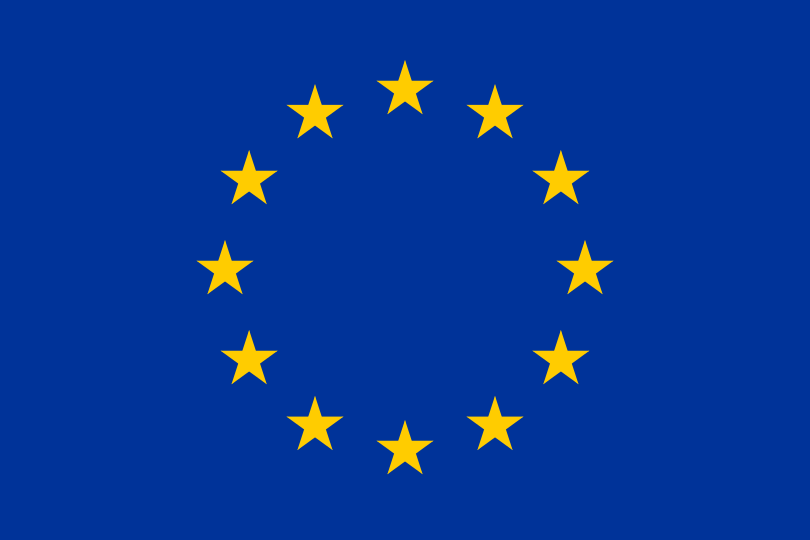The past few months have been a rough awakening for many Web3 enthusiasts, according to an article by McKinsey: the market prices of major cryptocurrencies have declined significantly, the trading volume of non-fungible tokens (NFTs) has slowed, and, most importantly, some pioneers of the space have declared bankruptcy because of failed risk management and misuse of consumer funds. Yet even as the debris continues to fly, business leaders shouldn’t confuse market fluctuations or bad actors with the potential uses of digital assets and the technologies that underlie them.

While there are very real risks from this nascent technology and its uses, applications for the next generation of the internet continue to spring up in a growing number of industries with potentially transformative effects.
The financial-services industry has largely led the way in adopting some of these nascent digital technologies and assets—at its peak, the daily volume of transactions processed on so-called decentralised-finance exchanges exceeded $10 billion. Volume has since dropped to about $2 billion, largely in line with asset prices. Learnings from the financial-services experience—both the ups and the downs—are helping to inform usage in other sectors, which now include real estate, gaming, carbon markets, and art, among others.
How far and how fast these technologies and their uses will spread remains to be seen; the journey is proving bumpy, with ongoing challenges ranging from poor user experience to fraud. Crucially, the regulatory picture for Web3 remains unsettled, with calls for greater clarity on some assets and more consumer protection for funds held in custody. Yet understanding the core features of this new digital wave and the potential disruption it could bring remains important for business leaders in a wide range of sectors. To that end, this article is a primer on the fundamentals of Web3: what it is, the pillars on which it is built, what it can and cannot yet do, the significant risks and challenges it needs to overcome, and the implications for stakeholders as it continues to evolve. Future articles will look at more specific aspects and use cases in greater depth.
The core distinctive feature of Web3 is the decentralization of business models. To that extent, it marks a third phase of the internet (hence “Web3”) and a reversal of the current status quo for users. While the first incarnation of the web in the 1980s consisted of open protocols on which anyone could build—and from which user data was barely captured—it soon morphed into the second iteration: a more centralised model in which user data, such as identity, transaction history, and credit scores, are captured, aggregated, and often resold. Applications are developed, delivered, and monetised in a proprietary way; all decisions related to their functionality and governance are concentrated in a few hands, and revenues are distributed to management and shareholders.
Web3, the next iteration, potentially upends that power structure with a shift back to users. Open standards and protocols could make their return. The intent is that control is no longer centralised in large platforms and aggregators, but rather is widely distributed through “permissionless” decentralised blockchains and smart contracts, which we explain later in this article. Governance—and this is one of the trickiest aspects of Web3—is meant to take place in the community rather than behind closed doors. Revenues can be given back to creators and users with some incentives to finance user acquisition and growth.
What does this mean in practice? Essentially, it could mark a paradigm shift in the business model for digital applications by making disintermediation a core element. Intermediaries may no longer be required with respect to data, functionality, and value. Users and creators could gain the upper hand and, through open-source rather than proprietary applications, would have incentives to innovate, test, build, and scale.




Recent Comments